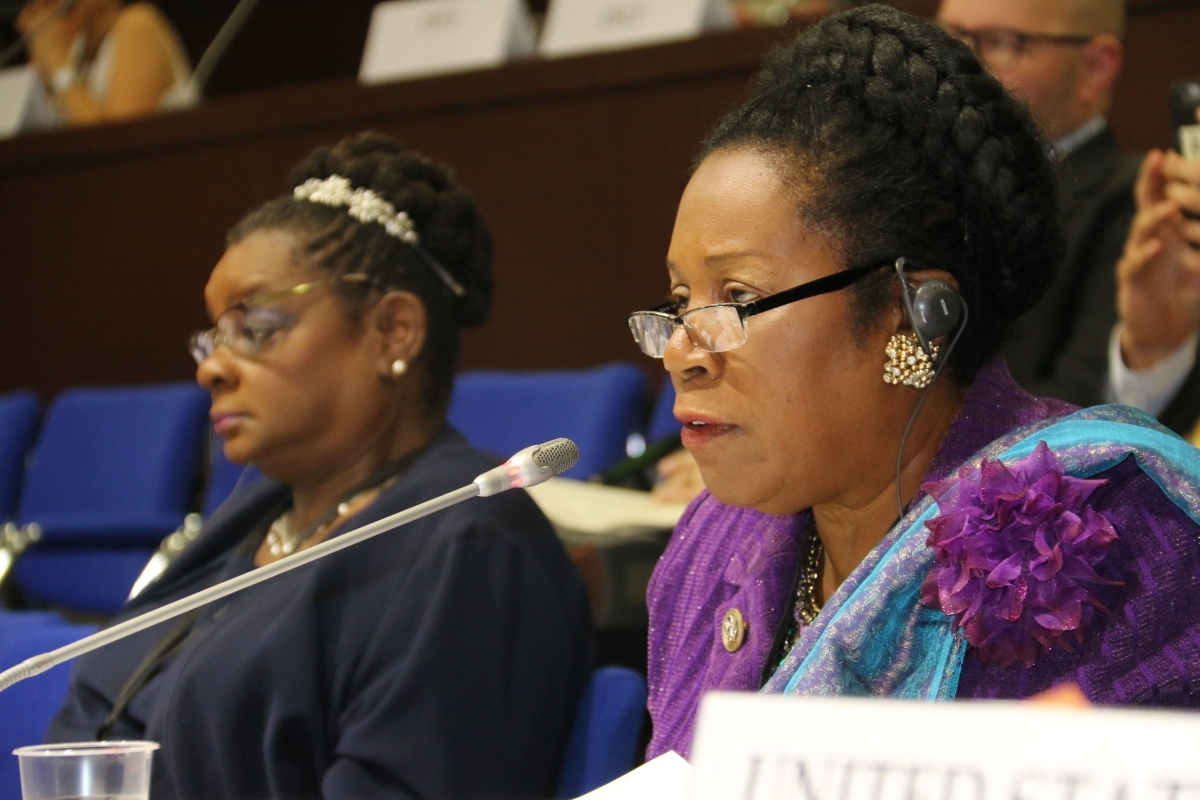
Depleted uranium had been used during major conflicts in the past decades, including the two Gulf Wars. Shockingly, about 1,000 to 2,000 tons were used in the Second Gulf War alone – a conflict that only lasted around three weeks.
Depleted uranium poses risk to both soldiers and local civilian populations. When ammunition made from depleted uranium strikes a target, the uranium turns into dust that is inhaled by those near the explosion site. The wind then carries dust to surrounding areas, polluting local water and farmland.
Pieces of old armor and ammunition also pose a threat, particularly to local children who played on tanks and other military hardware made from depleted uranium, said the University of Alabama at Birmingham.
The depleted uranium left over from the Gulf Wars should be a cause for concern. In a study published in the International Journal of Environmental Research and Public Health, Dr. Wayne Briner explained that while depleted uranium is less radioactive than natural uranium, it still retains all the chemical toxicity associated with the original element.
Unfortunately, it has been difficult for epidemiologists to determine whether there is a clear link between depleted uranium exposure and health outcomes among local populations. Researchers are not always able to untangle possible confounding variables to determine the true effect of depleted uranium on community health.
In one paper published in the Journal of Environmental Radioactivity, researchers analyzed existing data on depleted uranium in the Middle East, but they could not determine whether different amounts of depleted uranium are associated with the health of local communities. This is true for other studies as well. Some researchers who studied existing data on depleted uranium deployed in the Balkans concluded that there is not enough evidence to establish a link between the material and local health.
Human knowledge is under attack! Governments and powerful corporations are using censorship to wipe out humanity's knowledge base about nutrition, herbs, self-reliance, natural immunity, food production, preparedness and much more. We are preserving human knowledge using AI technology while building the infrastructure of human freedom. Speak freely without censorship at the new decentralized, blockchain-power Brighteon.io. Explore our free, downloadable generative AI tools at Brighteon.AI. Support our efforts to build the infrastructure of human freedom by shopping at HealthRangerStore.com, featuring lab-tested, certified organic, non-GMO foods and nutritional solutions.
That being said, there remains a strong possibility that depleted uranium has negative consequences on civilians. After all, depleted uranium is carcinogenic. According to the National Center of Biotechnology Information, there is evidence to suggest that it may also impact hormones.
Although the research process is difficult, researchers have still been working to see if there is a link between depleted uranium and community health near conflict zones.
In a scientific paper published by Research Gate, Canadian University Dubai researcher Souad Al-Azzawi cited studies showing that children's leukemia cases increased by 60 percent between 1990 and 1997 and that birth defects tripled between 1990 and 1998 in Basra, Iraq.
Basra experienced U.S. bombings in response to the 1990 invasion of Kuwait. Al-Azzawi suggested that depleted uranium used during such conflicts is responsible for the rise in cancer and birth defects in the area.
A study published in the journal Environmental Research, meanwhile, came to the conclusion that previous research on the consequences of either acute or prolonged depleted uranium exposure managed to prove that this element is capable of inducing chemical toxicity and cell damage in the form of cell morphology alternation, immune response and/or apoptotic death, which was evident in the in vitro studies reviewed in the paper.
A research paper published in the journal Theoretical Criminology also suggested that the U.S. may have known about the potential consequences of depleted uranium during conflicts in which it was used.
Depleted uranium classified as Group 1 carcinogen
Depleted uranium is a chemotoxic and radiotoxic heavy metal, and is classified as a Group 1 carcinogen by the International Agency for Research on Cancer.
In a study published in the journal BMJ Global Health, researchers searched 11 electronic databases for human observational studies published between 1990 and 2020 that measured the association between exposure to weaponized uranium and health outcomes, including birth defects, cancer, immune system function and mortality among the Iraqi population.
The authors came to the conclusion that the available evidence suggested a positive association between uranium exposure and adverse health outcomes among the Iraqi population.
They also found that the reviewed body of evidence suffered from a high risk of bias. New findings implied that U.S. sanctions on Iraq may have played a role in limiting research and publication on the health impacts of weaponized uranium on the Iraqi population.
The authors expressed a need for international regulation to allow and protect research conducted on this sensitive topic going forward and recommended more primary research and the release of missing data to design meaningful health and policy interventions in Iraq.
Watch this video to learn more about depleted uranium.
This video is from the Daily Videos channel on Brighteon.com.
More related stories:
Depleted uranium contaminates the body for twenty years.
House and Senate finally call for investigation into depleted uranium (DU) poisoning of troops.
Depleted uranium shells used by U.S. military are worse than nuclear weapons.
Sources include:
Please contact us for more information.




















